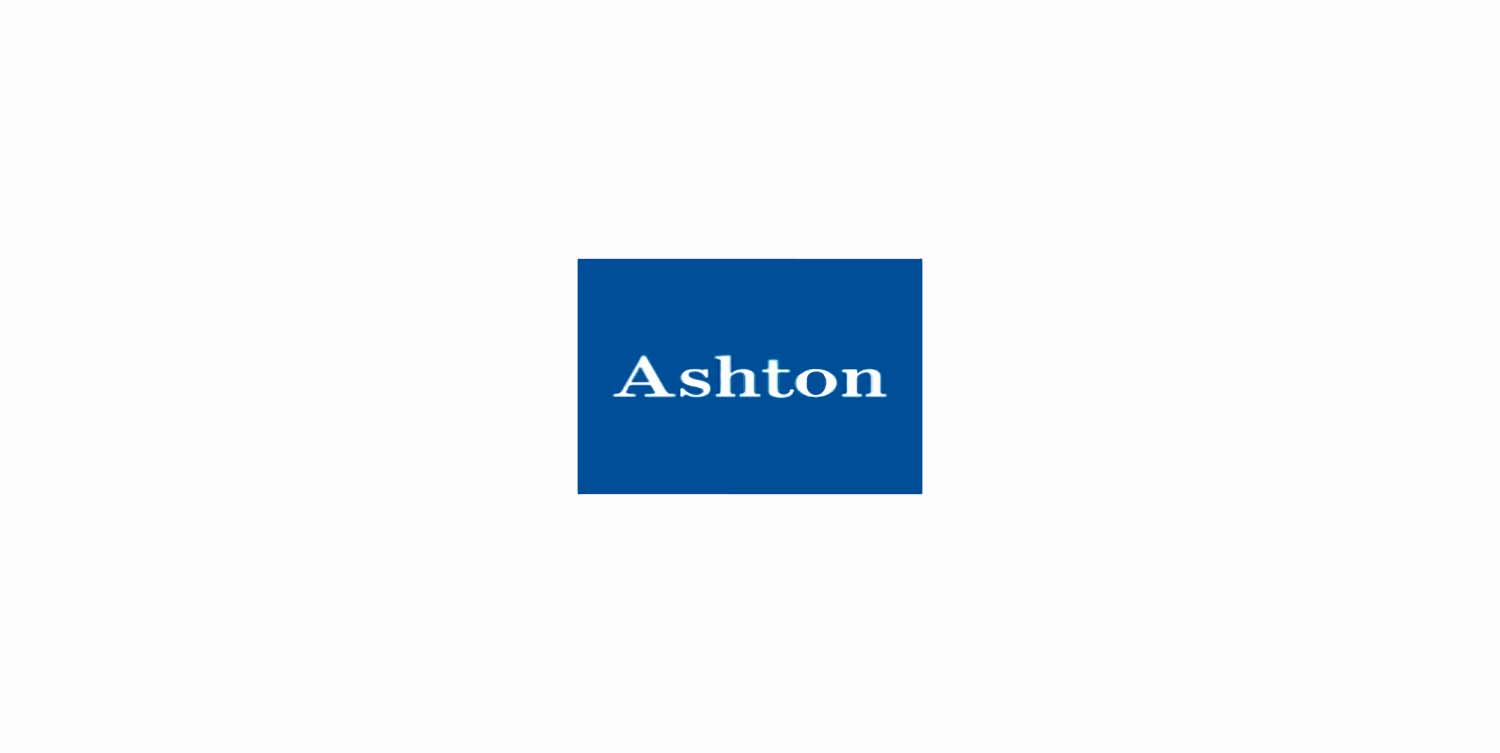Enter your email below to receive weekly updates from the Ashton College blog straight to your inbox.
By: Janice Bandick
Published On: October 20, 2015The Liberal party, led by Justin Trudeau went from a distant third in the polls to sweeping Atlantic Canada, parts of Quebec, urban Ontario and even ridings in traditionally Conservative Alberta to claim a majority government.
The polls hadn’t closed across Canada when news organizations called a Liberal government – and, shortly after, a Liberal majority. The Liberals grabbed 184 seats, while the Conservatives ended the evening with 99 seats and 31.9% of the popular vote, the NDP with 44 seats (19.7%), the Bloc Québécois with 10 seats (4.7%) and the Greens with one seat, leader Elizabeth May’s in B.C., and 3.5% support.
Peter McKay, a former Conservative MP and cabinet minister, conceded that many voters wanted to remove the Conservative government from power.
“This is not what we had hoped for at all. Clearly there was a very clear resonance of this (idea of) change – change to what or change for what reason people can give all kinds of commentary. After 10 years in office, there’s going to be an accumulation of resentments over various issues, and that’s obviously what we’re seeing.”
After three terms as prime minister, Stephen Harper indicated to his party that he would be stepping down as leader of the Conservatives, though remaining as an MP (Calgary Heritage).
In a lengthy victory speech, Trudeau stressed the power of positive election campaigning.
“You can appeal to the better angels of our natures, and you can win while doing it. We beat fear with hope, we beat cynicism with hard work, we beat negative, divisive politics with a positive vision that brings Canadians together. Our enviable, inclusive society didn’t happen by accident and won’t continue without effort. Have faith in your fellow citizens, they are kind and generous, they are open and optimistic. They know in their heart of hearts that a Canadian is a Canadian is a Canadian.”
Throughout the marathon campaign, the longest since 1872, Trudeau pledged to boost the economy, help the middle class, and improve the way Canada’s government is run. Here are some of the issues Trudeau has promised to address.
The Liberal platform also includes some steps the party will take “immediately” upon forming government:
Sources
CBC Interactive Election Results
Decision Canada – Global News
Canadian election 2015 hands Justin Trudeau and the Liberals a majority government – National Post
By entering your email below, you agree to receive articles from the Ashton College blog. We will not send you promotional materials or any other information. You can unsubscribe at any time.
The information contained in this post is considered true and accurate as of the publication date. However, the accuracy of this information may be impacted by changes in circumstances that occur after the time of publication. Ashton College assumes no liability for any error or omissions in the information contained in this post or any other post in our blog.
